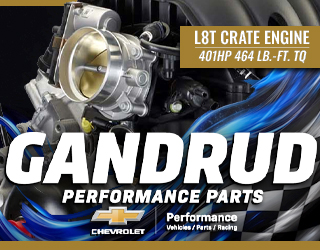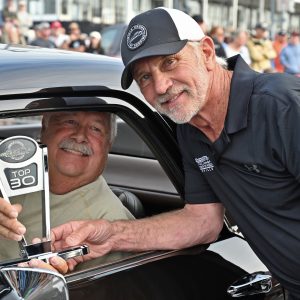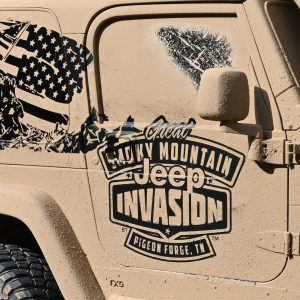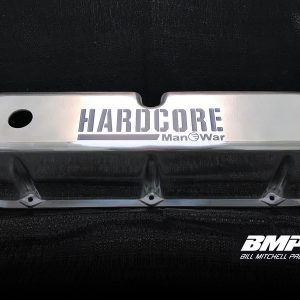Compact Cars
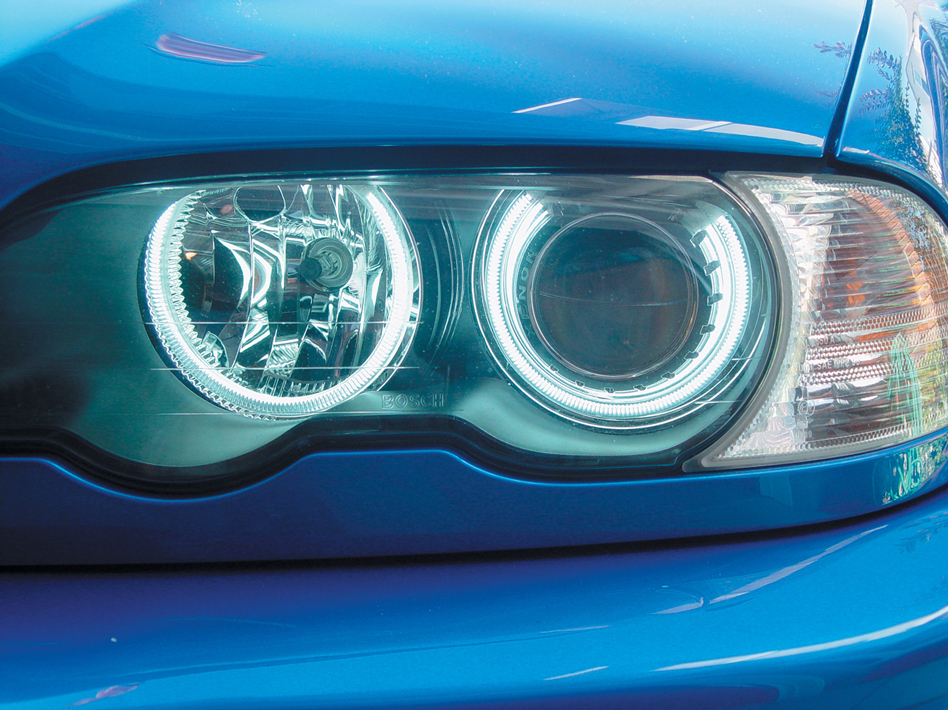
The new E46 BMW M3 comes equipped with some serious OE HID headlights, but what if you’re still not happy? You want something different; you want to add some spice to your headlight setup. Well, this story is just for you.
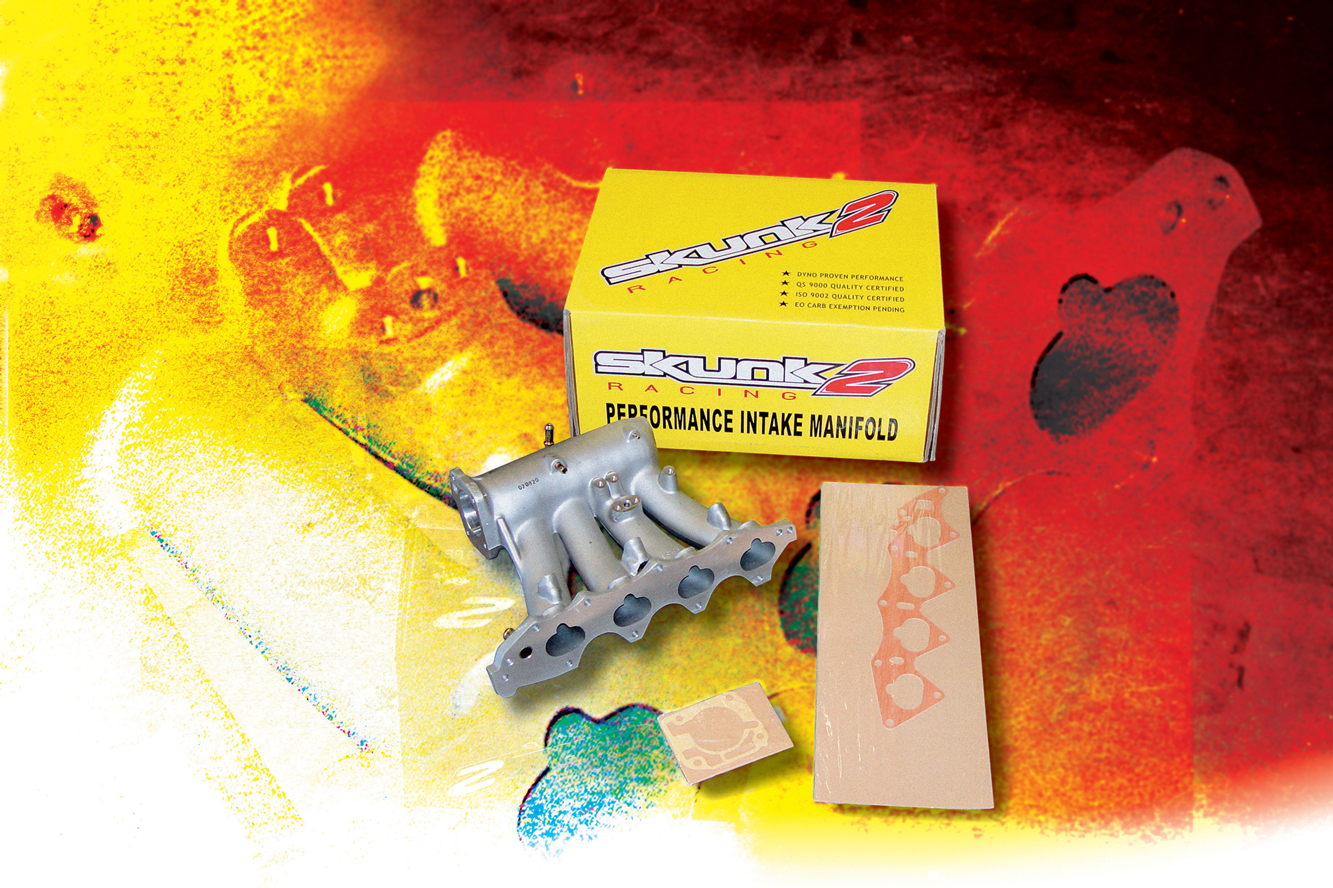
When a B16A-equipped CRX EF came into the Rage Performance shop for a Skunk2 intake manifold install, the crew dove into the job with a fury. With cameras at hand to document the swap (’88-’91 CRX) for your personal pleasure, the job took no time at all and the owner of this Honda is deliriously happy with the results.
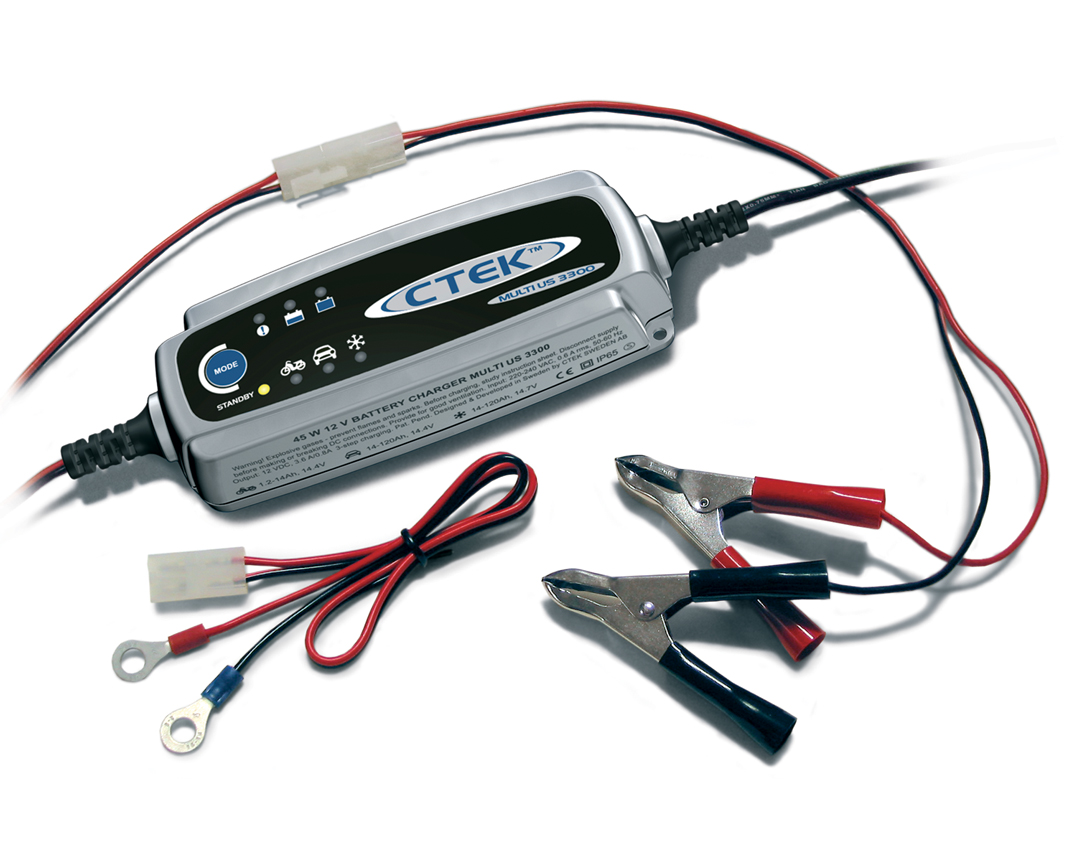
If you are going to connect anything automatic to your car, especially when dealing with electricity, lead and acid, you owe it to yourself to do a bit more research rather than pulling just any super-discounted, off-the-shelf item and connecting it to something as potentially volatile as a lead-acid battery. But we have, haven’t we?
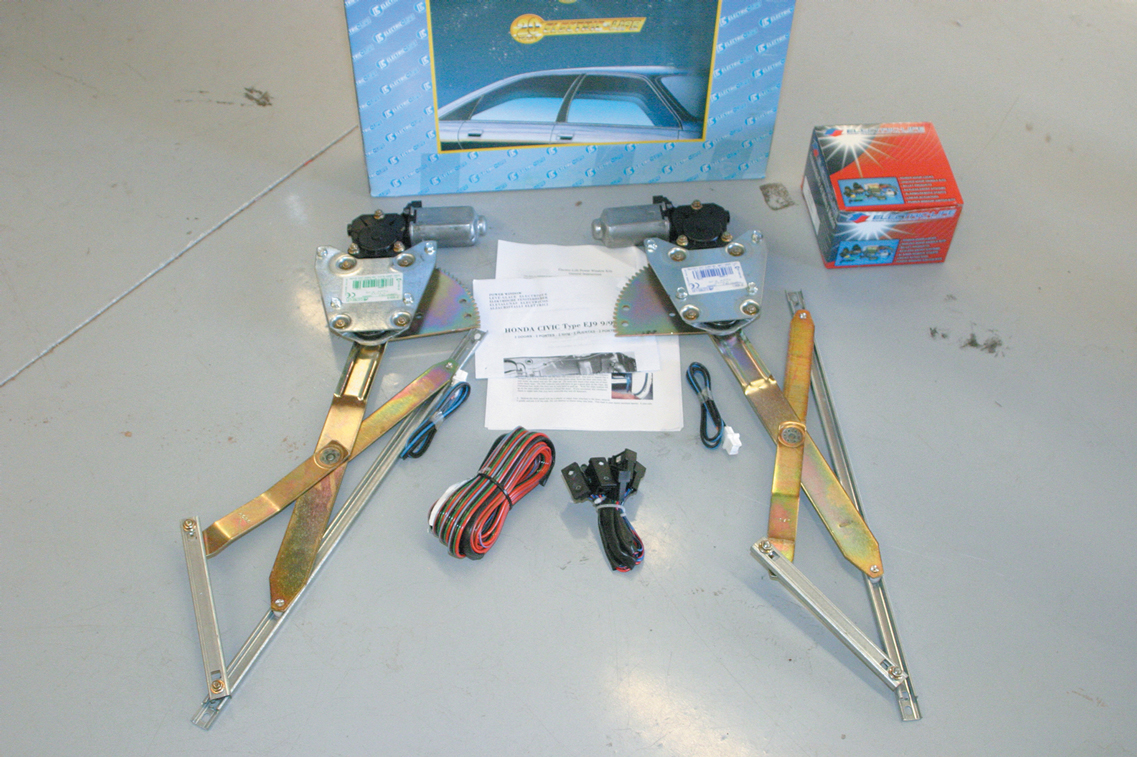
If you are like many of us who have at one time or another opted for a less expensive vehicle to build, then this how-to will be of interest to you. At the cost of certain features or creature comfort conveniences—mundane items like power windows and locks—we often begin with what may be considered a strippo model or a basic transportation car that is … well, available. These cars can, after all, make for a great foundation that can easily be personalized, just like we are doing here.
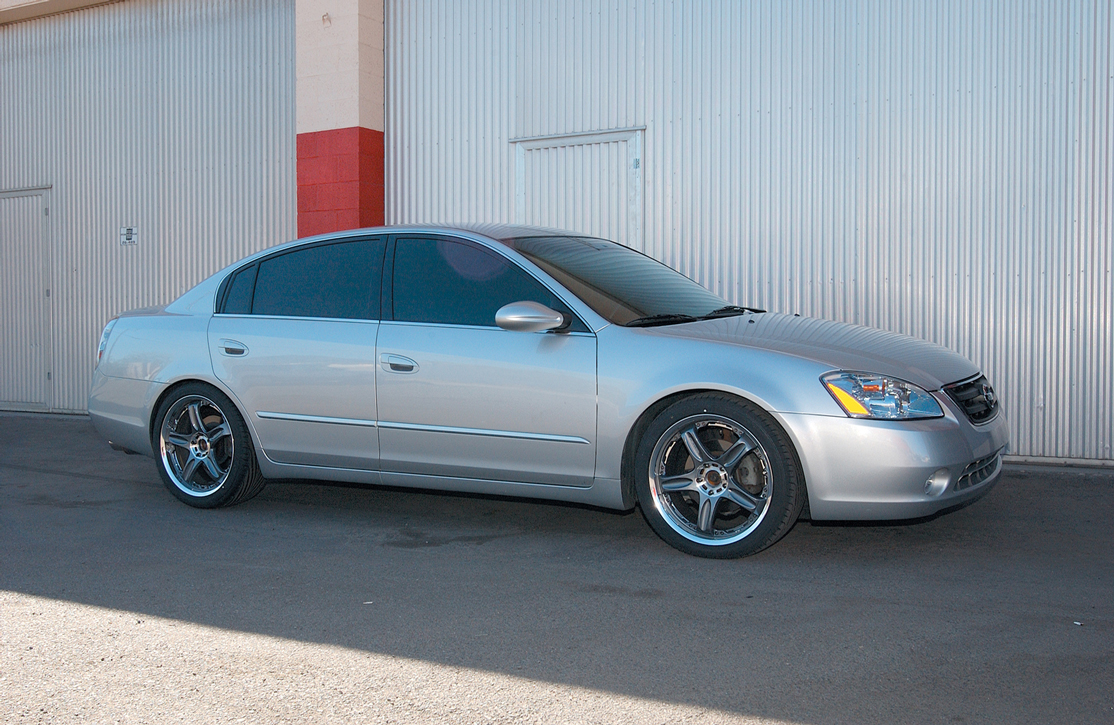
Nissan is hoping that the Altima finds a niche with the tuner crowd and makes a huge splash with the younger generation that is far more car-conscious than those who buy mere transportation. It priced the car competitively at $17,900, but it’s hard to consider that $18,000 is reasonable—until you compare the Altima to what little you get out there for $17,900 nowadays.

In the case of a new Honda Civic Si (EP3), this owner wanted to enhance high-rpm power. The K20 engine with the new i-VTEC 2-liter powerplant has considerably more torque available in the lower part of the power band in comparison to the older B- and H-series VTEC engines. While the EP3 used here is primarily a street-driven machine, the owner plans on taking the car to the weekend dragstrip on occasion.

It’s springtime and around here activity is definitely flourishing, as guys prep for all the events they plan to attend. Just about everybody is upgrading their cars for the season, adding a few new parts to really make an impact. This month we bring you an upgrade to Underground Motorsports’ demo 240SX. Stillen big brakes are hot items and we are psyched to present this install.
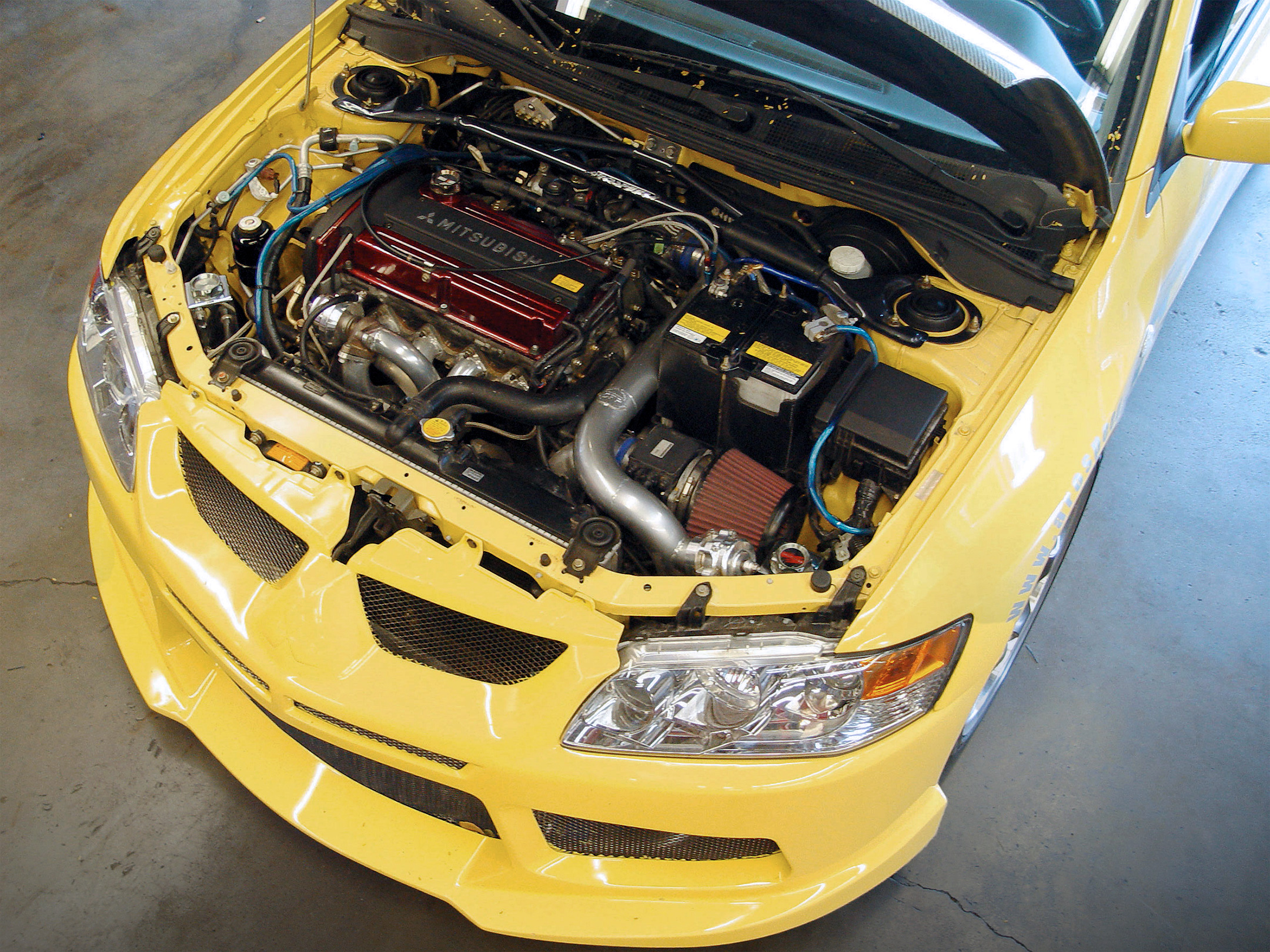
You have to admit that the thought of injecting water into your engine sounds crazy. We all know that water doesn’t burn and it can’t be compressed. Those unfortunate souls who have tried to do this now have engines that are the equivalent of ship anchors. In this installation, we aren’t going to be injecting huge amounts of water into an engine, but rather a fine mist that’s proportionate to the fuel flow (10 percent to 20 percent), using a high-pressure pump. This will help lower the chances of detonation by reducing the intake charge temperature.

After working long shifts and weekends, it’s payday and the time has come to enjoy your hard-earned cash. You stroll into the tuner shop and lay down some money on that turbocharger you have been dreaming about buying. Gotcha! Now your system is complete.
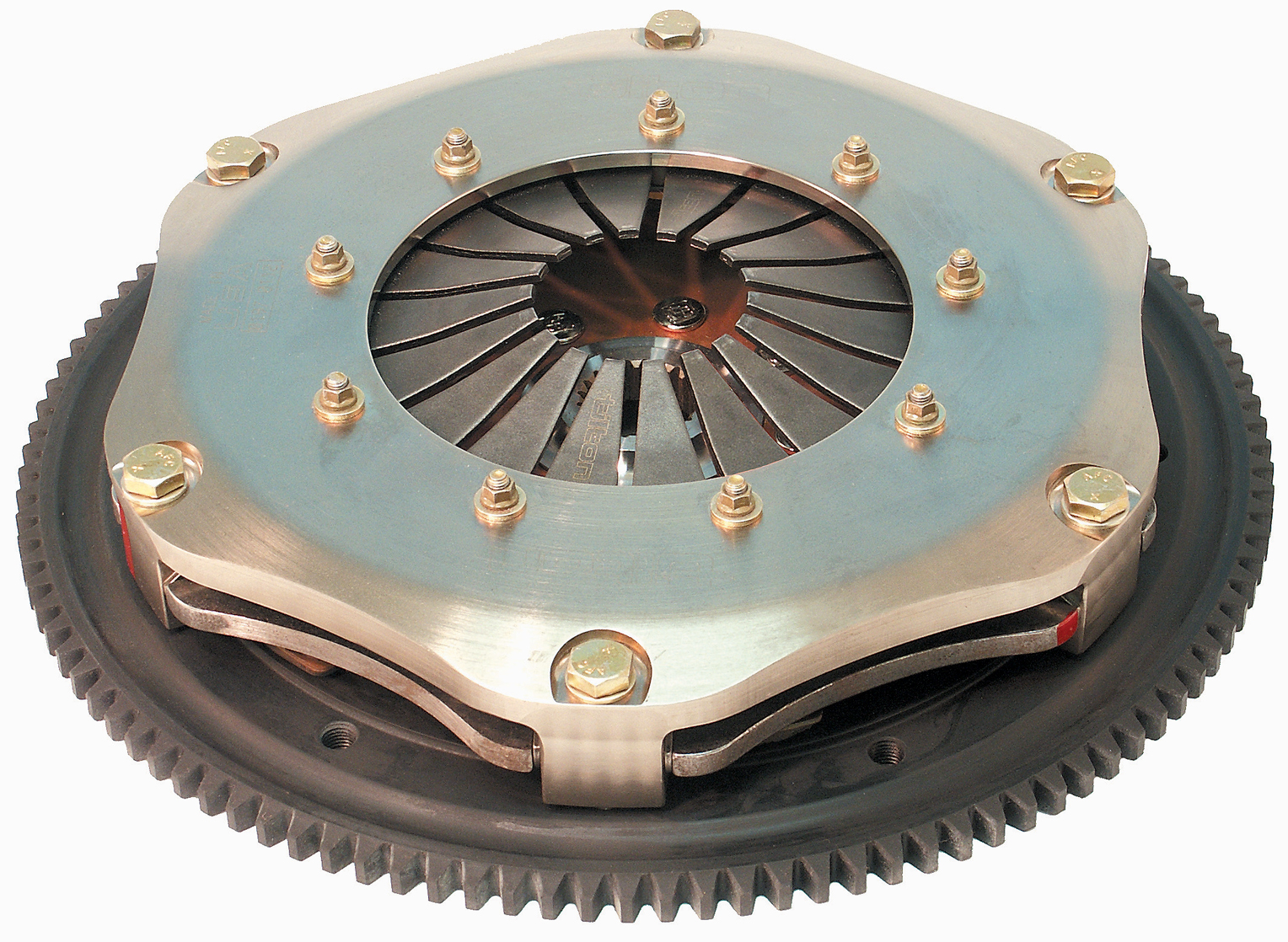
Changed the clutch in your drag Honda lately? This has to be one of the worst jobs in all of compact car drag racing. Turbocharged, nitrous-fed Honda engines inflict severe damage on clutches after round upon round of heated competition—even some very good “hot rod” clutches.





